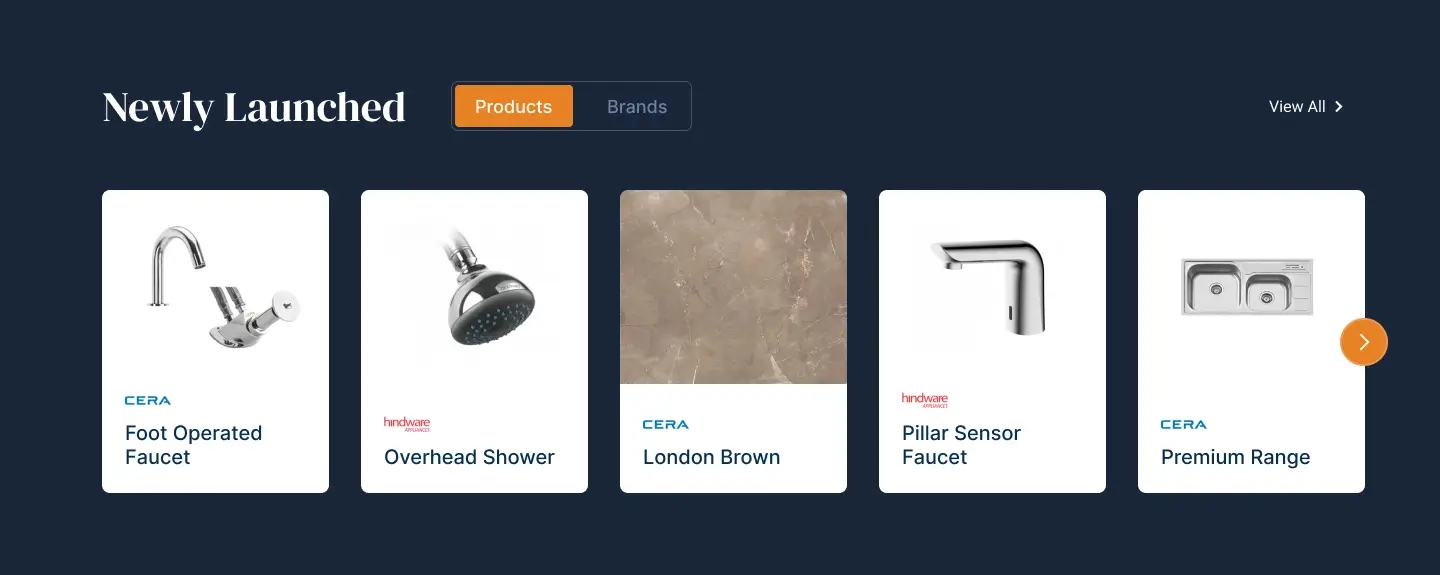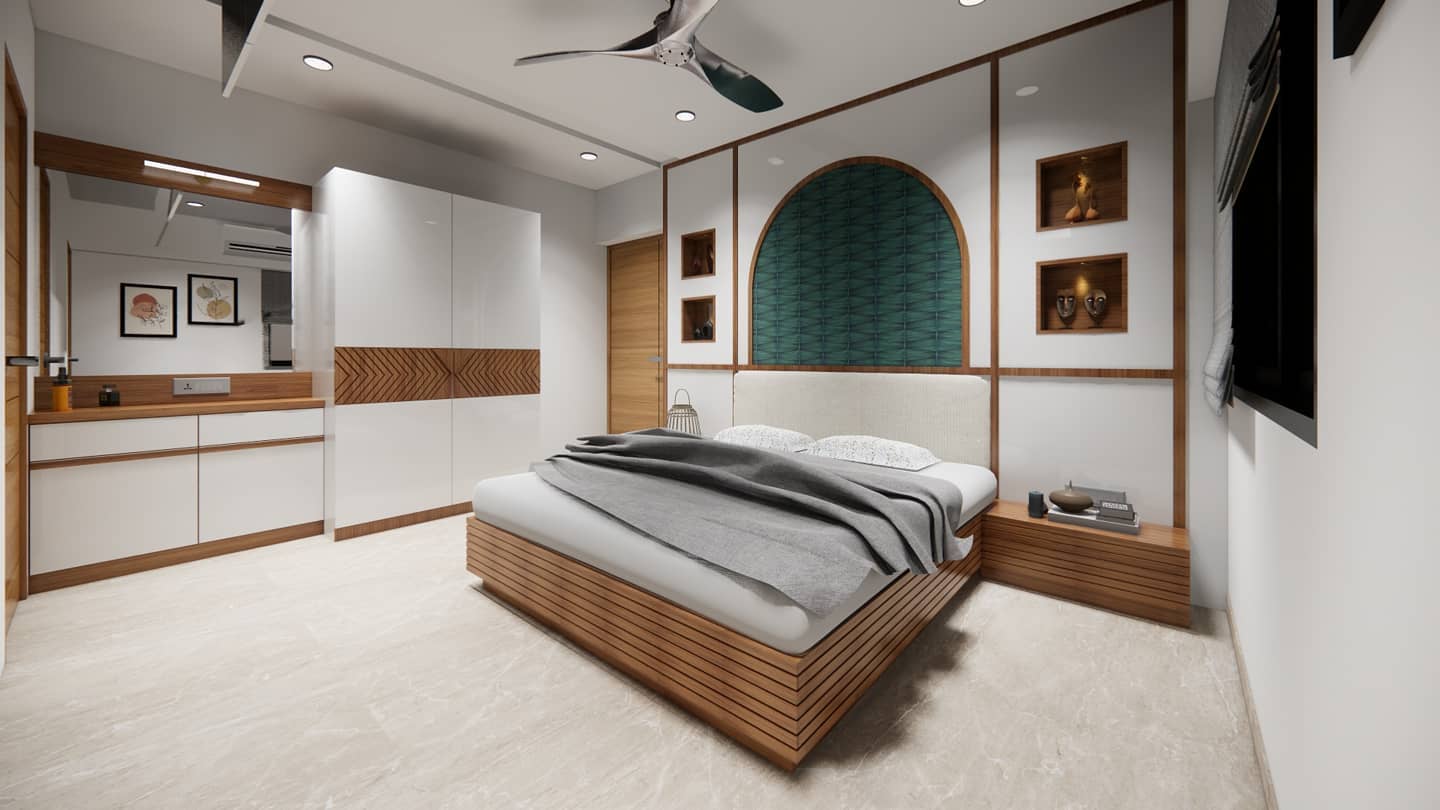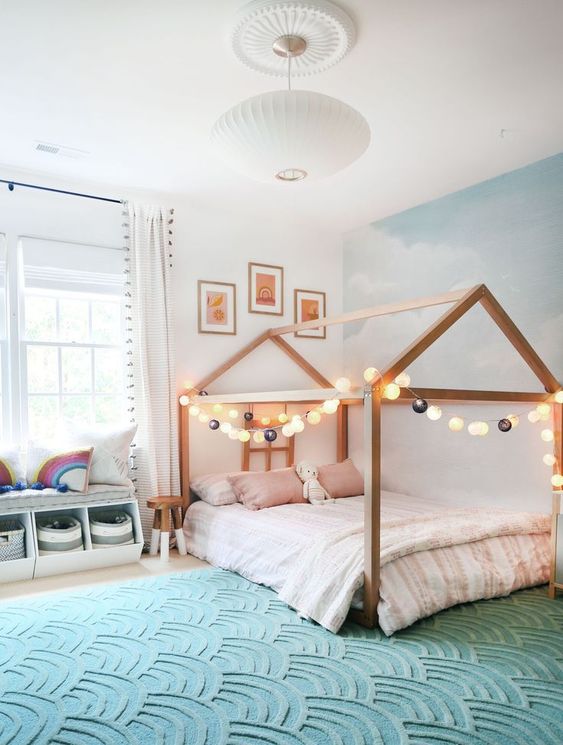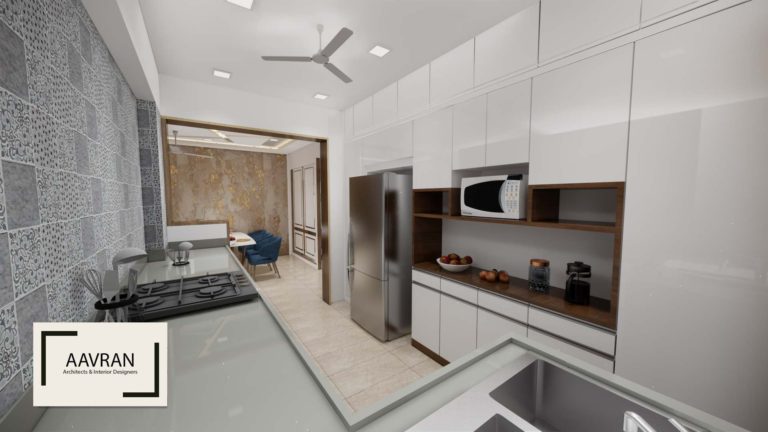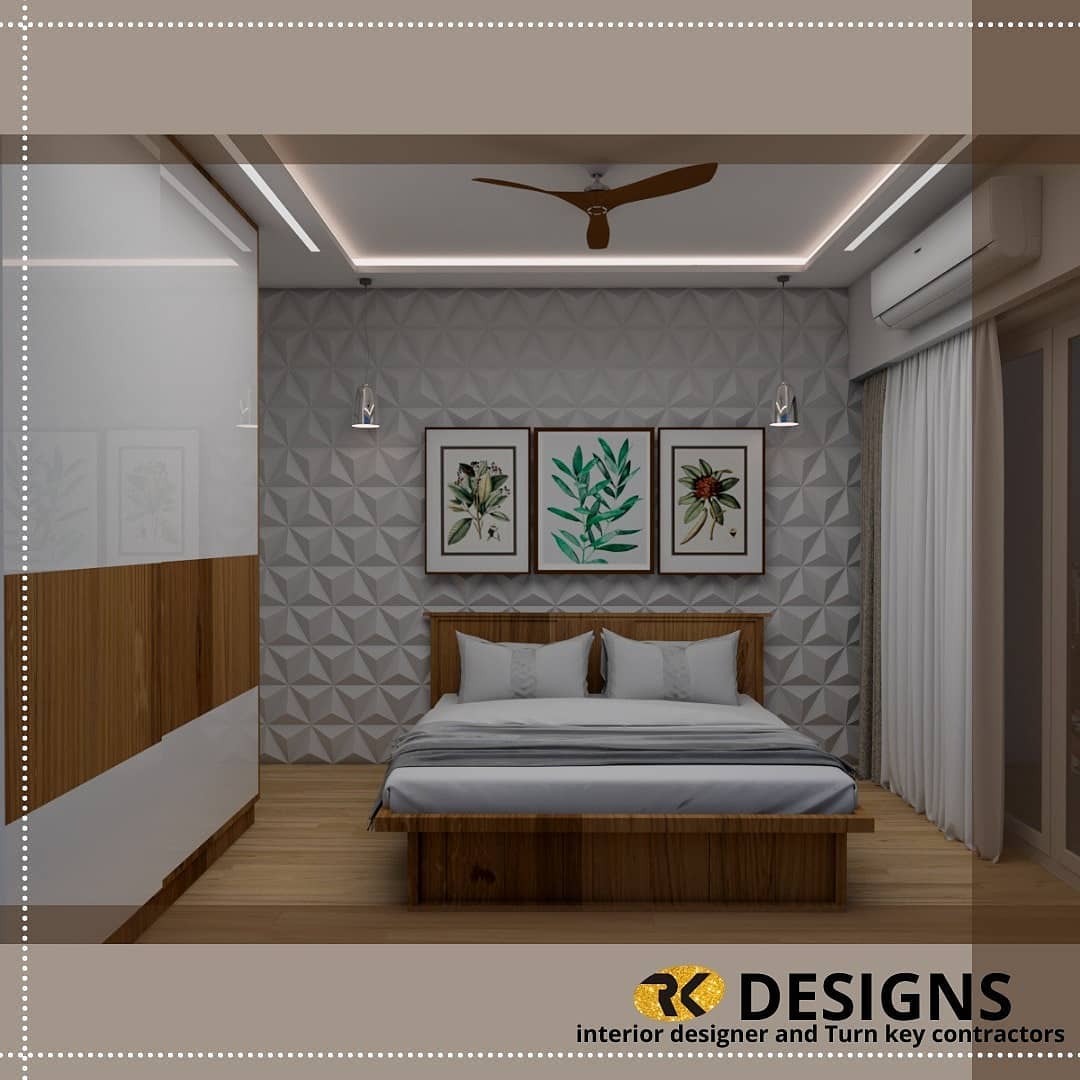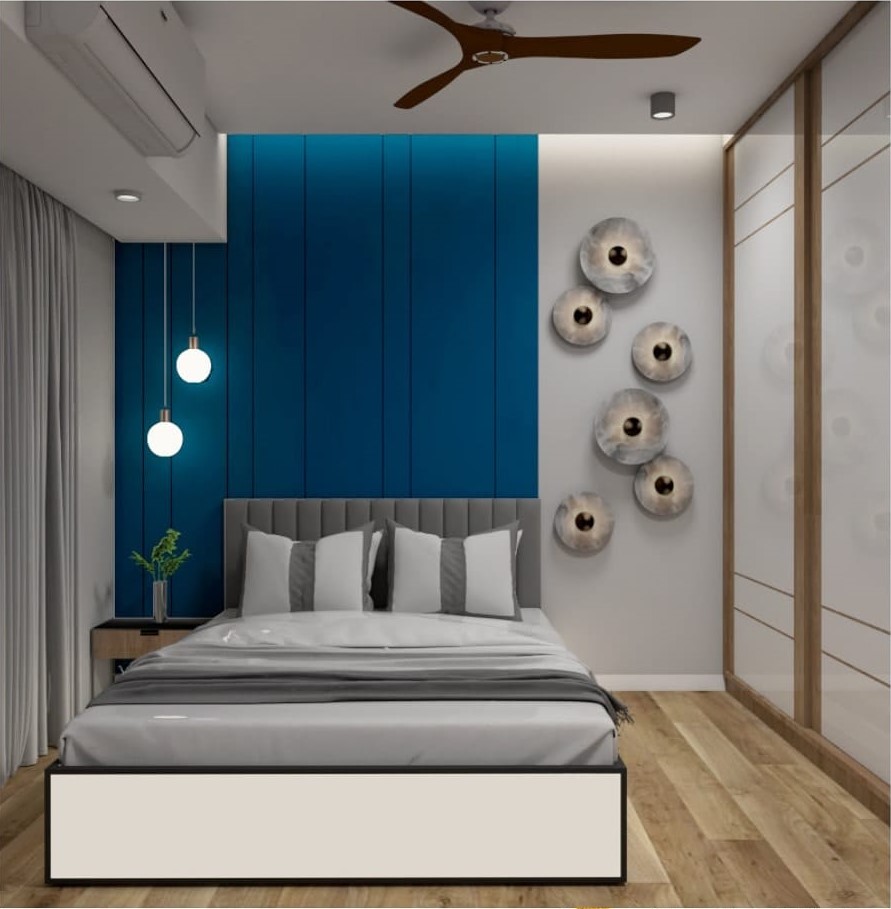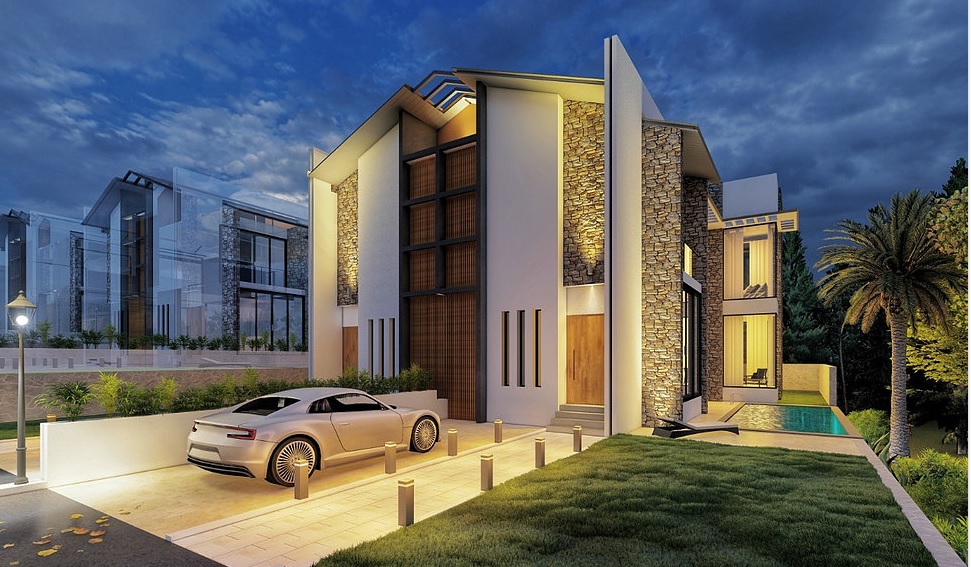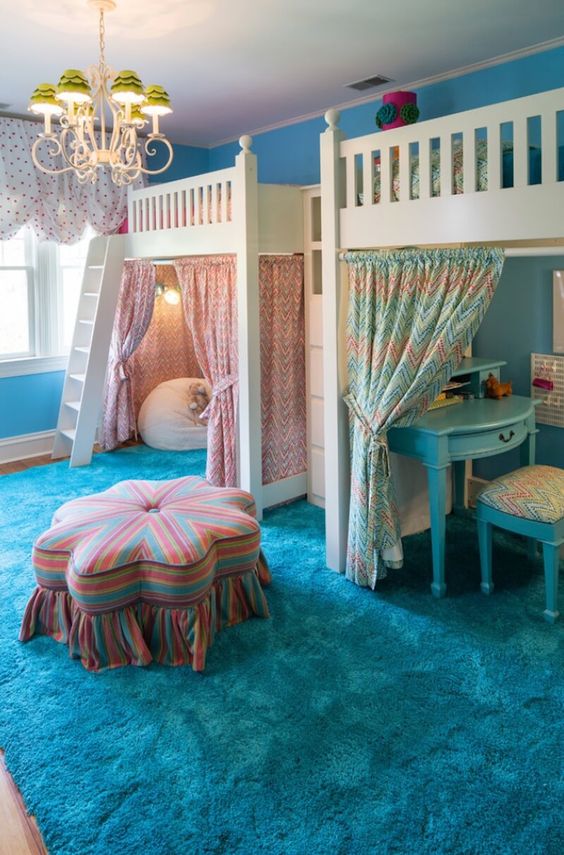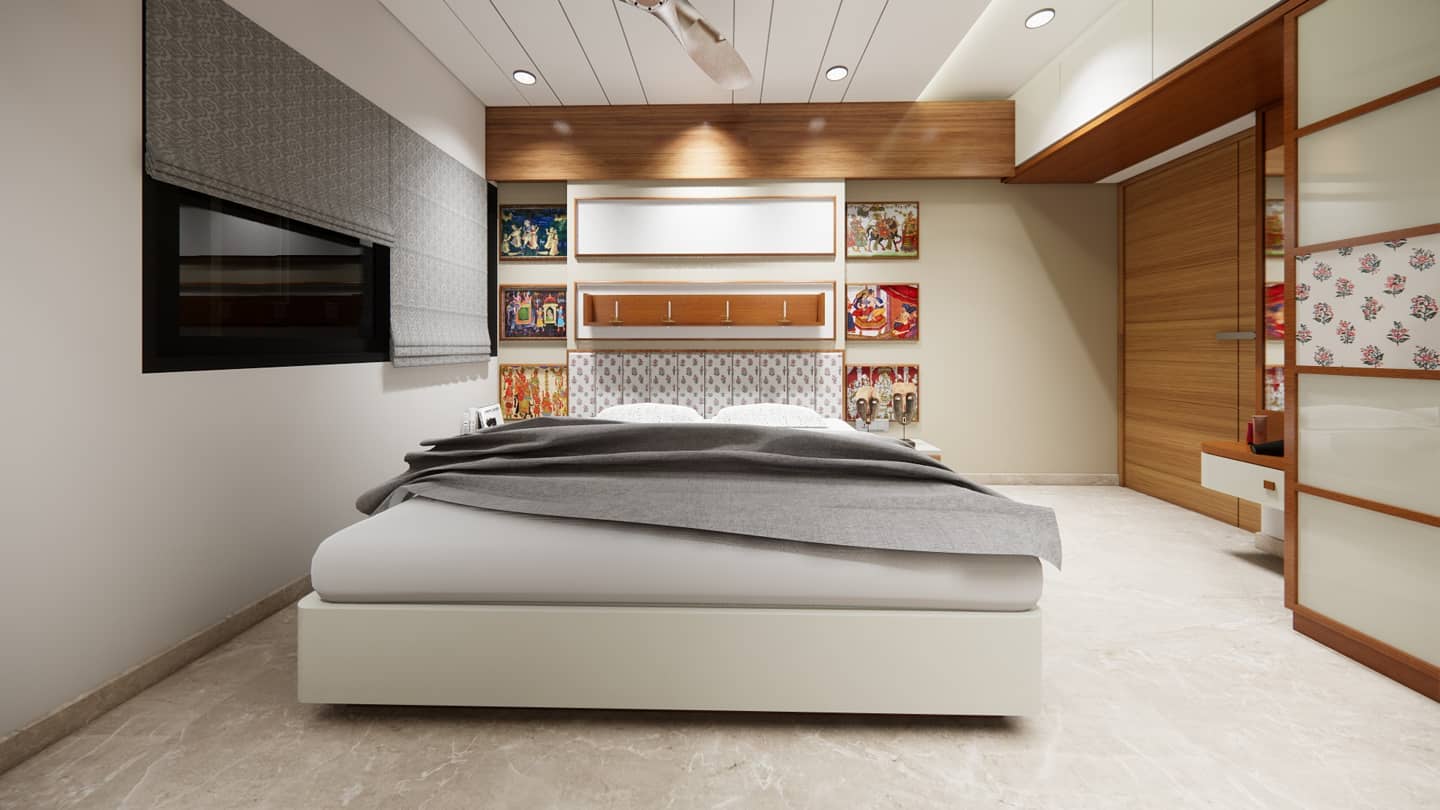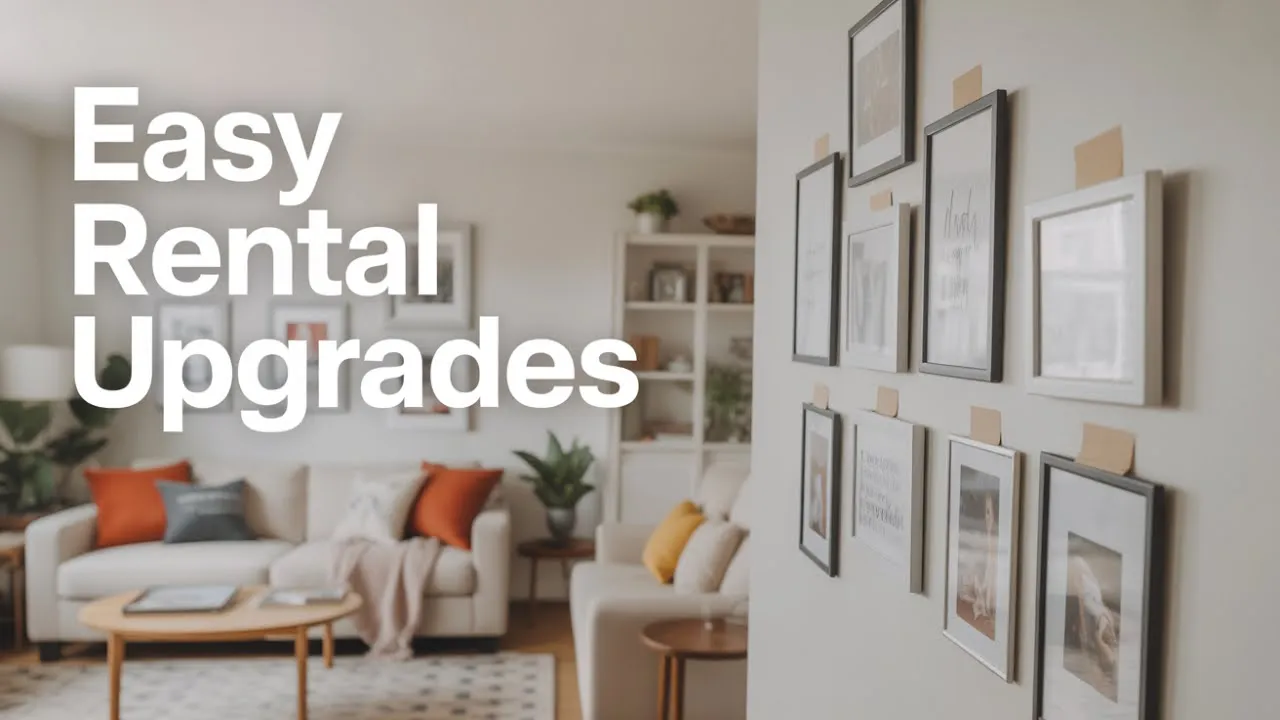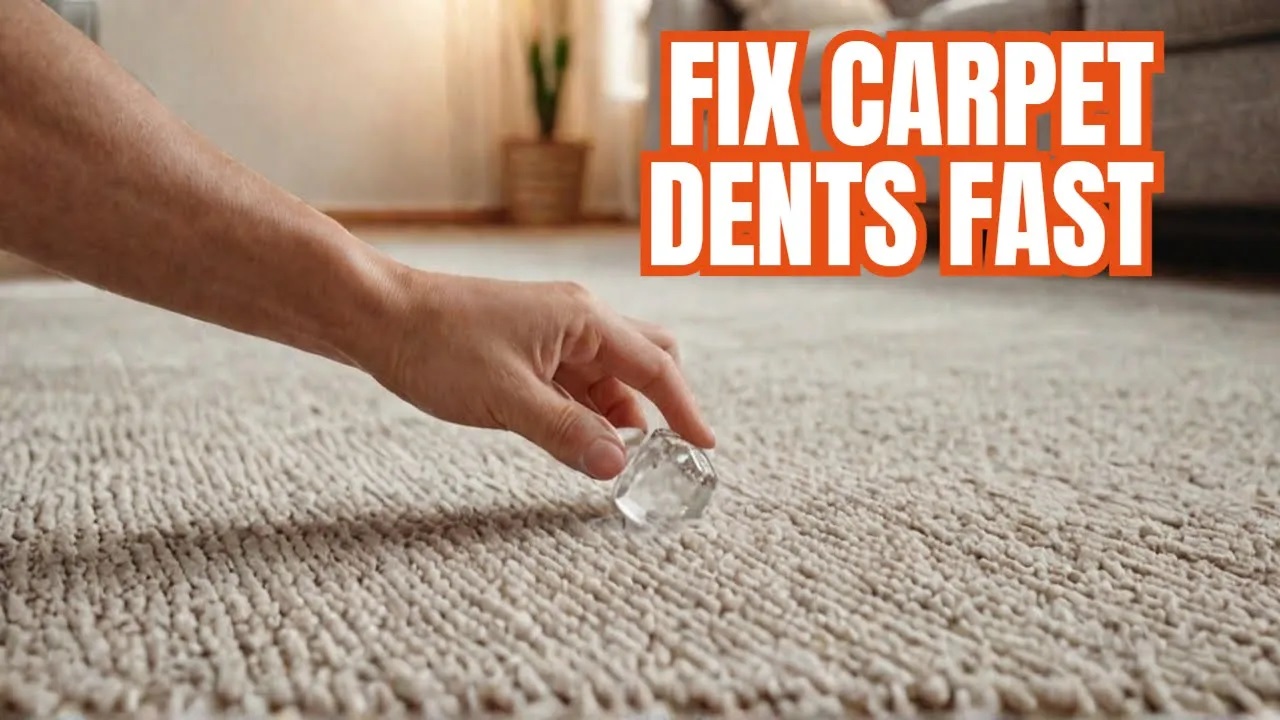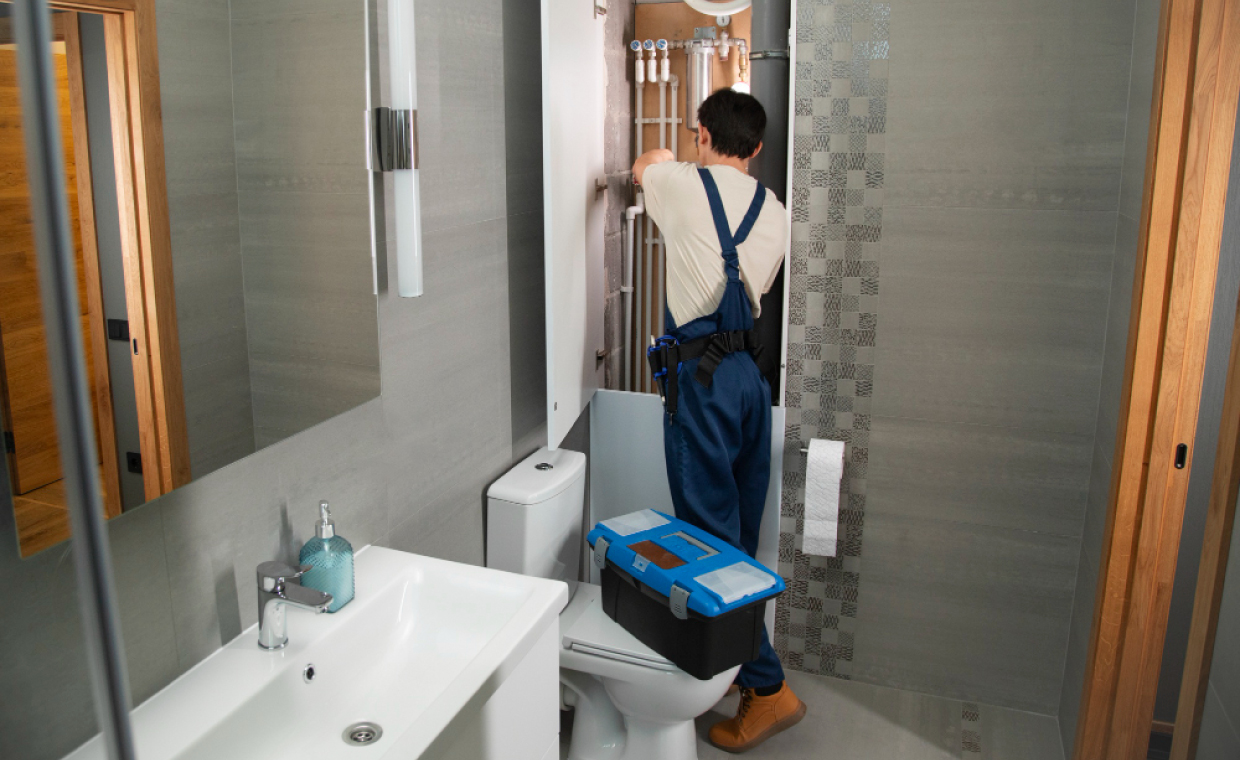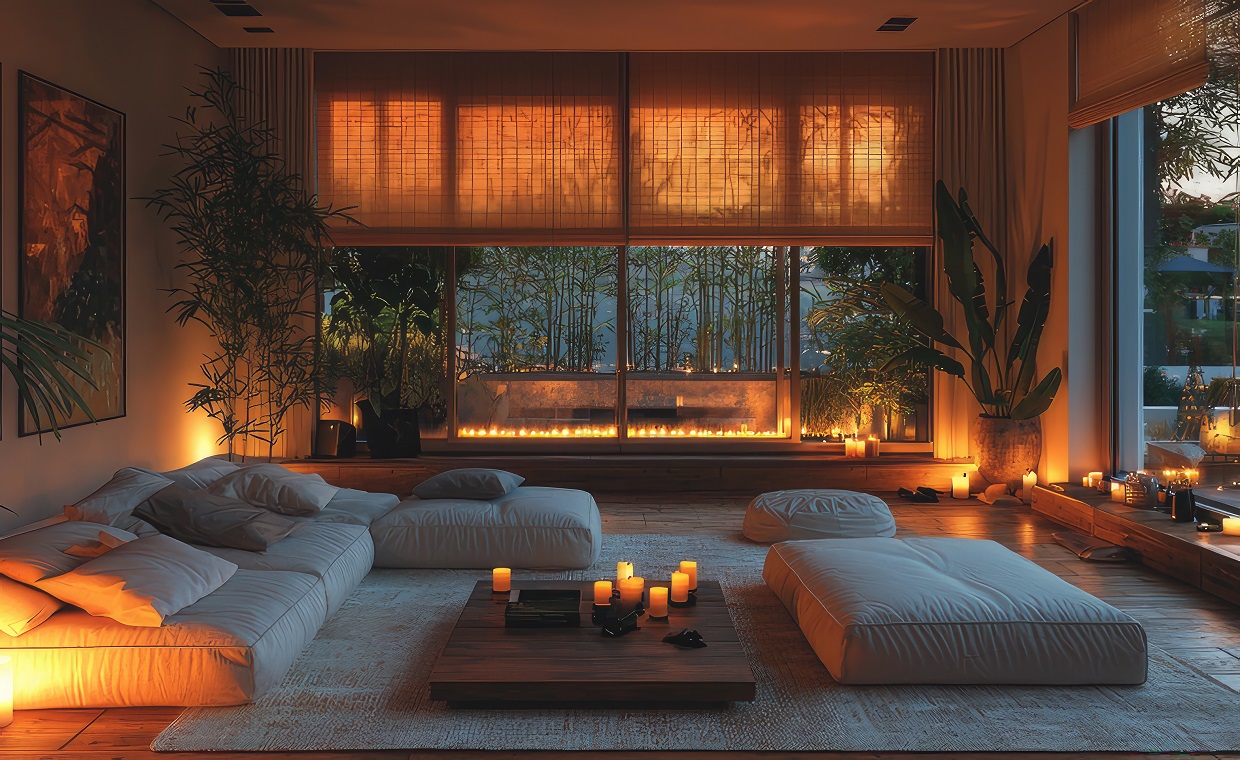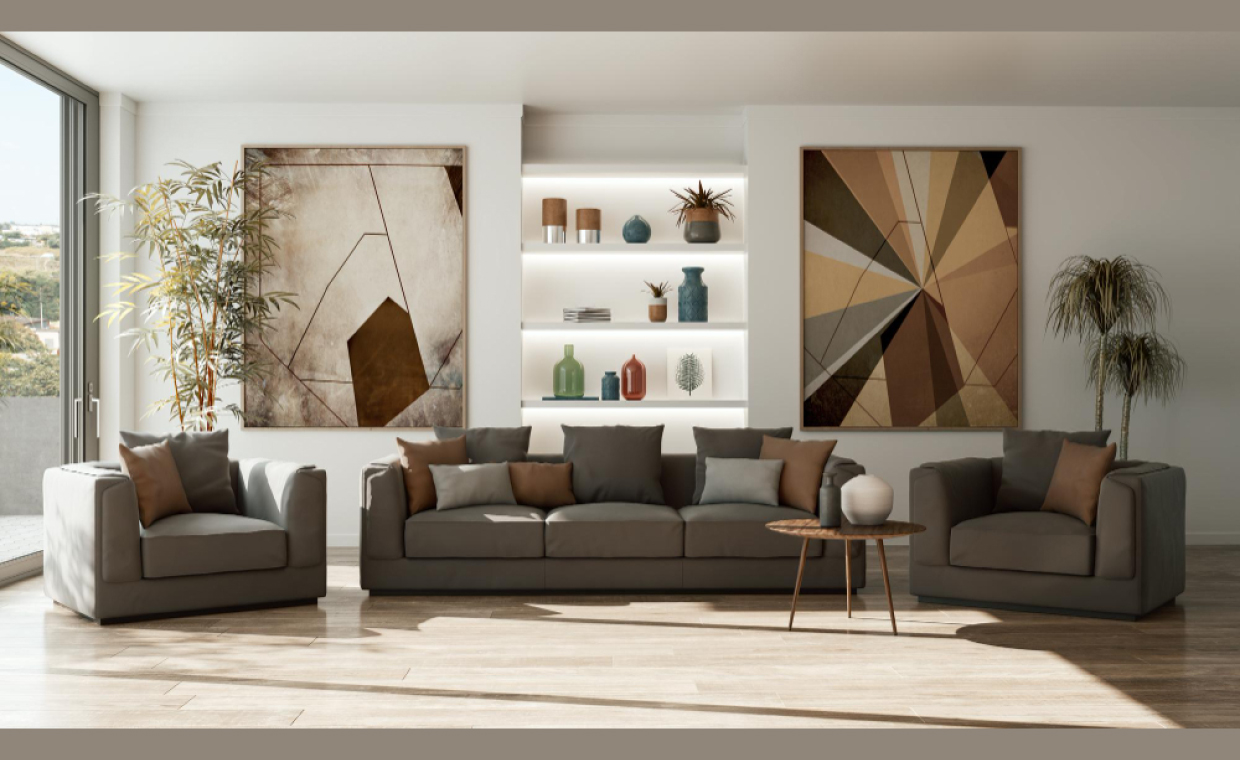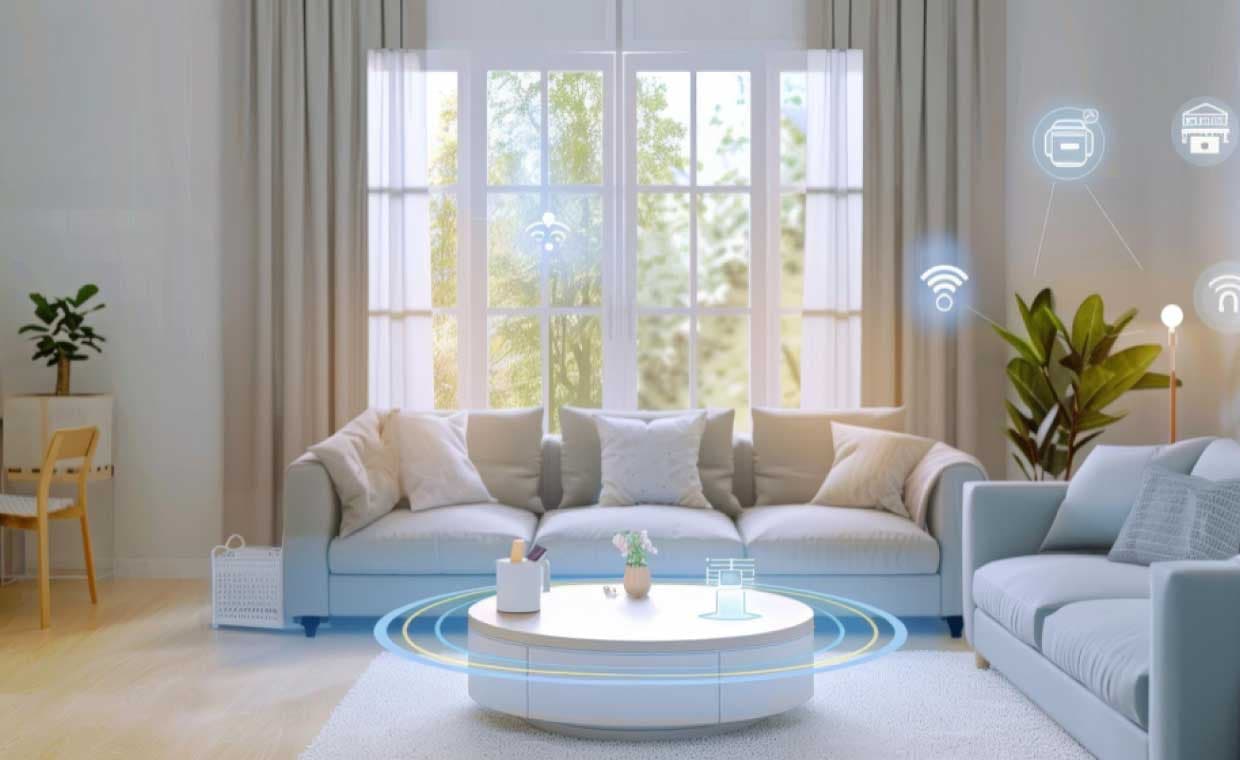
Table of Contents
Creating a truly smart home is no longer about sprinkling gadgets around your living space. It is about stitching technology into the very weave of your décor so it feels organically part of the design. One of the first, and most elegant, examples of this philosophy is the use of smart locks for glass doors. These locks safeguard your home without interrupting the clean, transparent look of modern glass panels, proving security doesn’t have to be bulky or visually intrusive.
Planning for a Tech‑Friendly Layout
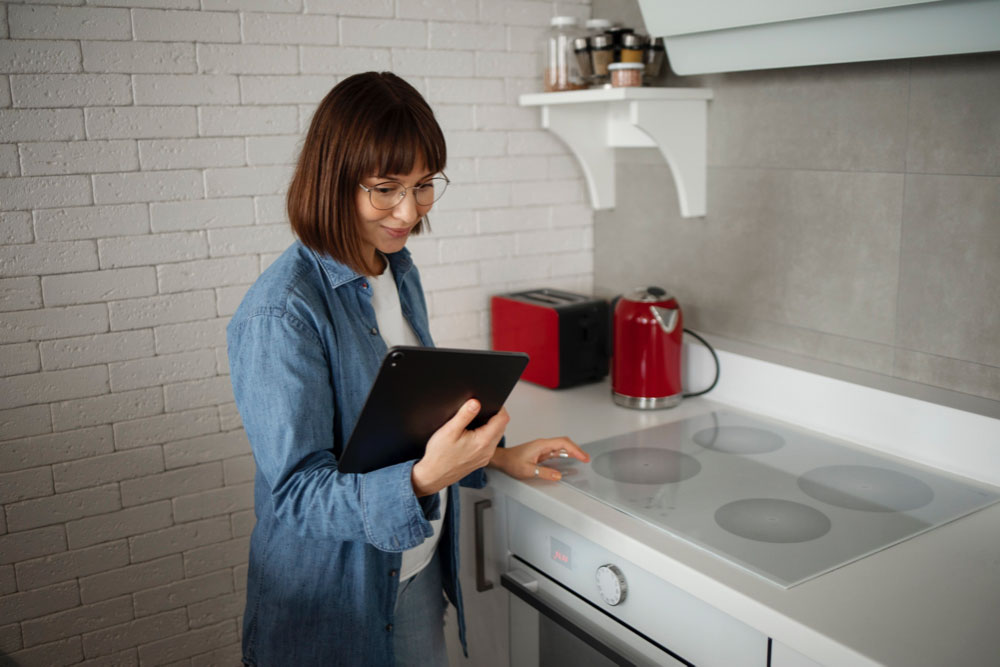
Every successful smart‑home makeover starts with careful space planning. Think of devices as architectural elements rather than add‑ons. Built‑in ceiling speakers should disappear into the same finish as the surrounding drywall, and cables deserve recessed channels that keep sightlines pristine. In kitchens and living rooms, integrate charging docks or appliance controls inside custom cabinetry so countertops remain clutter‑free. Even wall studs can contain pre‑run pathways for power and data, saving you from visible conduits down the road.
The room’s orientation matters, too. Sun‑drenched windows benefit from automated shades that track daylight and adjust tint or opacity on the fly. These shades do more than block glare, they tweak color temperature and influence the overall mood, underscoring your design intent.
Choosing Devices That Complement Your Aesthetic
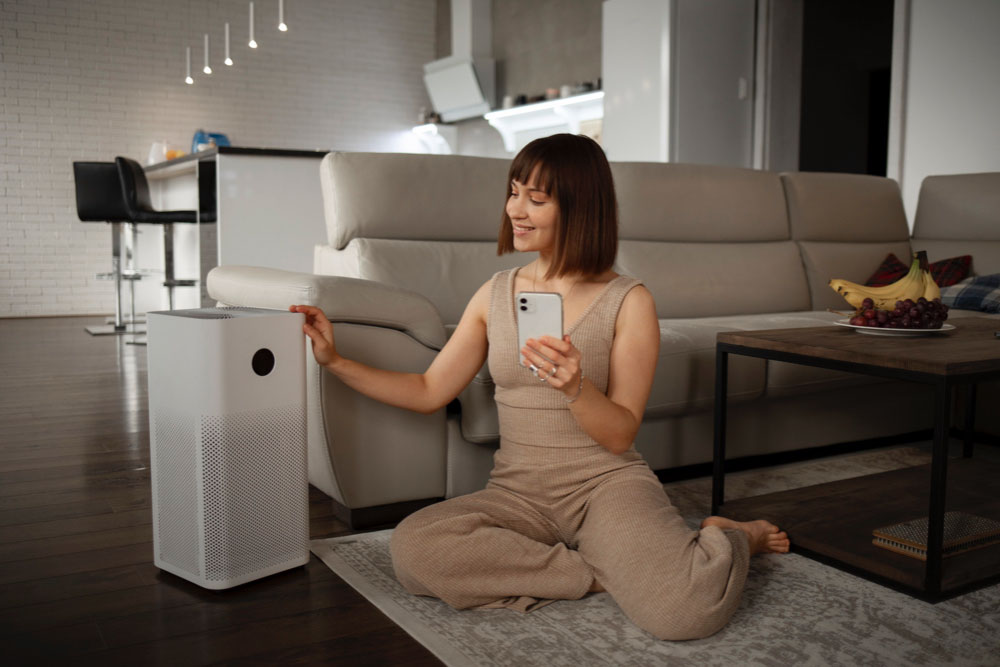
Today’s smart devices arrive in a palette of finishes, shapes, and profiles that rival traditional fixtures. Select thermostats, switches, and discreet cameras finished in matte black, brushed nickel, or warm neutrals so they melt into either modern lofts or classic brownstones. Interactive touch panels can masquerade as digital art inside a gallery wall, while photo‑frame‑style displays blend with family portraits.
If square footage is tight, prioritize multifunction pieces: a ceiling pendant that doubles as a Bluetooth speaker, or a vanity mirror that quietly serves up weather updates. Fewer visible objects mean cleaner sightlines and a calmer backdrop for statement furniture.
Using Voice and Motion Control to Preserve Clean Lines
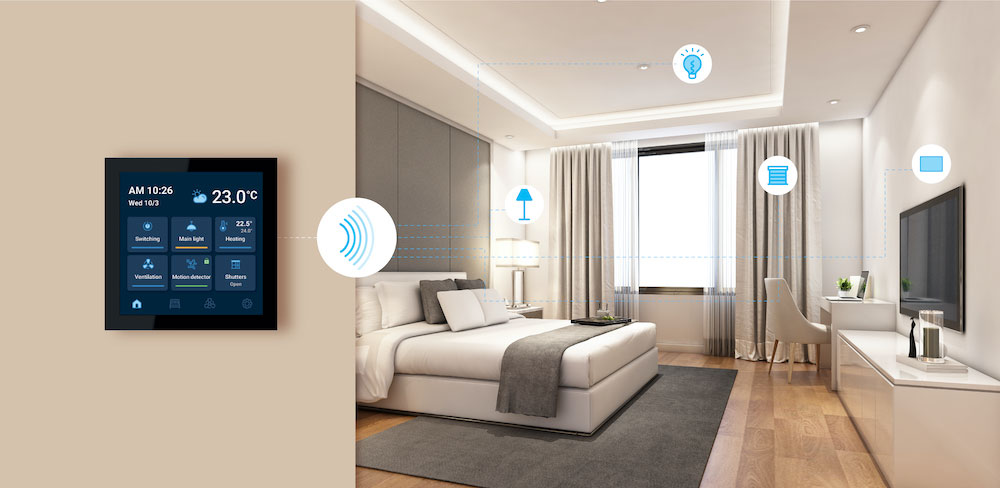
Many contemporary interiors chase an uncluttered look, bare walls, sleek trims, no visible switches. Voice assistants and motion sensors support that simplicity. A single phrase can dim the lights, lower the blinds, and cue up a playlist, all without breaking conversation or hunting for a remote. Entry lights that wake up when they detect your presence add a subtle sci‑fi flourish while respecting minimal aesthetics.
In media rooms, retractable projectors and drop‑down screens let you enjoy cinema‑grade visuals, then vanish to restore an artful bare wall. When the hardware disappears, your curated décor takes center stage.
Enhancing Privacy and Safety, Discreetly
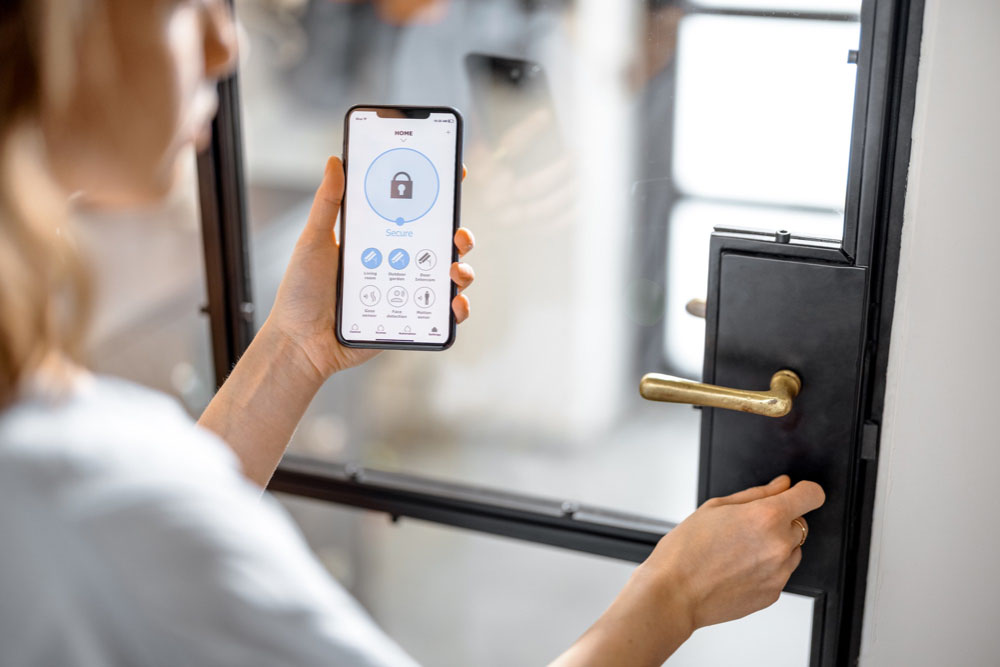
Security should not come at the expense of style. Today’s smart cameras, contact sensors, and doorbells can tuck into trim pieces or hide behind tinted glass so only you know they’re there. As highlighted earlier, smart locks for glass doors are a perfect union of transparency and strength, ideal for patios, sunrooms, or any space where you refuse to sacrifice aesthetics for safety.
Also Read: How Efficient Home Security Systems Enhance Modern Living Spaces
Final Thoughts
Smart‑home interior design is ultimately about harmony. Plan early, pick devices that echo your décor, and favor controls that fade into the background. Done right, technology becomes an invisible but ever‑present ally, one that keeps your space comfortable, secure, and effortlessly stylish without ever shouting for attention.



